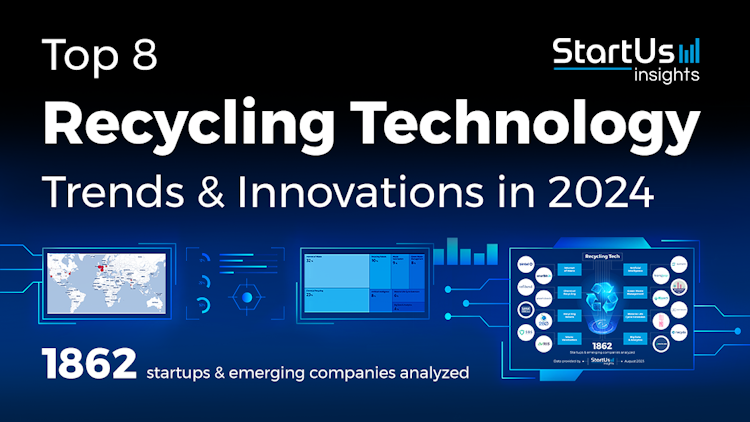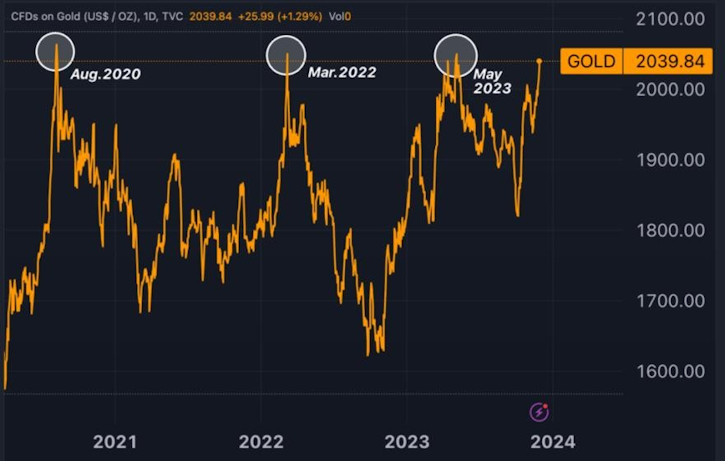
The most recent developments in recycling technology




So that the worst dystopias and cyberpunk atmospheres do not become a reality, ecology must be placed at the heart of high-tech. Green-washing, based on shells recycled from devices containing mercury, lead, cadmium and other substances that we advise you not to eat through a straw, may not be enough. But then, what to do?
No more abundance, it seems time is for sobriety. Once the announcement effects and declarations of intent have passed, we must question our uses and think better about our electronic equipment, both for ecological and economic reasons, in Texas and elsewhere.
To do this, let’s start by knocking down an open door: the most environmentally friendly material is the one that is not produced. Once a gadget lands in the hands of a user, its ecological footprint can no longer be counted in negligible quantities.
However, these gadgets provide excellent services, we can therefore legitimately question the durability of their products before considering them obsolete. And if the primary use no longer satisfies you, is it possible to find another use for them? Finally, there is the question of resale for a second life or proper recycling.
Embodied or embodied energy is the sum of the energies necessary for the product during its entire life cycle. This goes from the extraction of raw materials, manufacturing, packaging, distribution, transport, sale, use, maintenance and recycling.
A parameter that must be kept in mind when buying, for example, this microphone in which the youngest of the family will have vaguely sneezed three times before it ends up in a recycling bin. Does this experience feel like lived experience? This is normal, but we are consumers who should not be stigmatized in any way. Raising awareness and supporting this transition proves to be much more constructive.
Embodied energy therefore already has a heavy ecological impact in itself, but there is no question of putting it solely on the shoulders of the end customer. Let’s put aside planned obsolescence, known to all, to focus on the subject of device updates. This is a particularly notable fact for Android smartphones whose manufacturers do not fail to offer us a host of models each year, but are less valiant in software monitoring.
While Android 14 has been available in final version for several months, only 13.3% of terminals are on Android 13, 27% on Android 12 and still almost a quarter on Android 11. Dispersion is much less important at Apple, but the company is the only one to offer terminals with iOS.
We can also blame all market players for the temptation of entry-level equipment. When it comes to computers or small electronic devices, being inexpensive requires cutting back on power, quality of materials and/or services. It still happens too often that memory and/or storage are soldered to the motherboard, preventing any future development.
These devices, which are impractical or show signs of fatigue too quickly, are then quickly discarded. Obsolescence is not planned here, it is almost consented to and fueled by sophisms such as “in two years it will no longer be worth anything”, “these things never work for long”, “for the little that I’m going to use it”, etc.
Of course, not everyone has the means to buy new high-end products, which is why it is important to consider repairs, the second-hand market, etc. Manufacturers offering low-end products en masse are much more reprehensible.
Far be it from us to resort to catastrophism, on the contrary. Trends are beginning to emerge in terms of recycling and life extension. Green IT, for example, consists of imagining sustainable and eco-responsible IT across all links in the chain. This ranges from eco-design, which consists of optimizing environmental or social performance during the development of a product, to responsible use of our technologies. Recycling is part of this, but it also covers, for example, organizing a video conference rather than moving entire teams.
The public authorities have also taken up the subject with laws proposing in particular indices of repairability and durability, the provision of spare parts for at least five years, more transparency on waste management, followed by a host of measures to reduce the environmental footprint of digital technology.
Let’s keep our “old” products. Let’s admit it, it is impossible to part with our PCs and/or other mobile devices since, already, it would be difficult to consult Next INpact calmly. In terms of technology, the question is therefore not to go back, but to move forward differently.
We return to our uses and the way in which we can reduce our impact on the environment. A drop of water in the ocean? Far from it, in terms of ecology there are no small savings, because if your carbon weight loss treatment seems negligible it is part of a necessary societal change. Let’s start by kicking off the good old Moore’s “law”, adapted several times to finally evoke something that doubles every 18 months.
Our computers have long been obsolete within the first six months of purchase, but many users still say that these devices are destined to be scrapped after two or three years. As for laptops, it is customary to explain that a battery can perform 3,000 charge cycles and therefore last three to five years depending on use. The veracity of this information does not matter, a battery must simply be able to be changed and at a reasonable price. Requiring the production of spare parts for at least five years is therefore going in the right direction.
And this also applies to the mobile market, which users keep on average between 23 and 37 months while the mechanical lifespan of these devices is around seven at ten years provided that the battery can be changed. Unfortunately the software part will not follow… There is still a way to go. The second life of our equipment must also be taken into account ecologically.
If you have the skills, switching an old PC to Linux to avoid leaving it prey to viruses on non-updated Windows is a good way to extend its lifespan. The second-hand and reconditioned market is also experiencing strong expansion, whether on sites such as Back Market, Afbshop, Rakuten, joined by large well-established brands.
We must obviously not forget organizations which, in addition to ensuring a second life for our devices, strives to reduce the digital divide. Linux distributions have even specialized in this market. Do not hesitate to contact local associations or participate in install parties to get advice and help on site. However, pay attention to another point: electricity consumption. Recent processors and GPUs often display a much better performance/consumption ratio than previous generations. If your old equipment has no other hope than ending up in the dumpster, then you must ensure it is recycled.